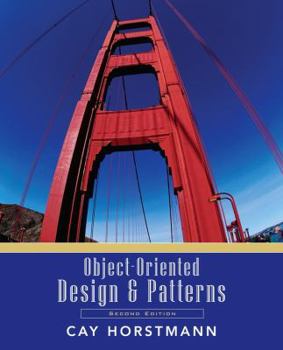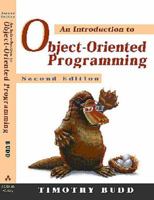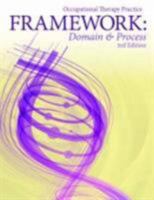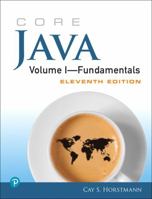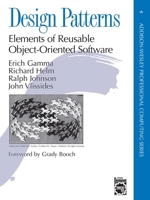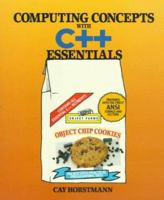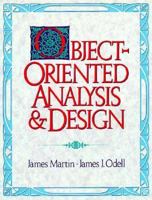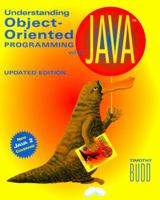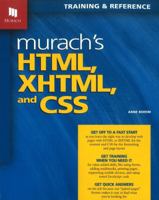Object-Oriented Design and Patterns
Select Format
Select Condition 
Book Overview
You Might Also Enjoy
Customer Reviews
Rated 5 starsObject-Oriented Design and Pattersn by Cay Horstmann
Reviewer: Dr. Alexander Yakhnis, ayakhnis@brockport.edu I like the book and have taught Spring 2004 Object-oriented Development (CSC 429 ) course at SUNY College at Brockport, New York. I have taught the material from Chapter I through 6. I have also used the material from Ch. 8 Object-Oriented Frameworks for 2 Independent Study Courses with 2 students during Summer 2004. I find chapters 4 and 5 the best hands on introduction...
0Report
Rated 5 starsWonderful!
OK, in spite of the fact that I develop in C# versus Java and the price is steep, I still think this is a great purchase. Horstmann provides an insightful introduction into serious software development. The book provides a lot of detail that is aimed at increasing your understanding of the language (or related languages) versus simply conveying languge semantics. His introduction to patterns is fairly light (I'd recommend...
0Report
Rated 5 starsAn ideal intro to OOD by an insightful author.
The previous reviewer sounds like he is looking for an all in one reference. Indeed, if you are a professional programmer and need a reference book, this one is not for you. However, if you're a student, new to OO programming/design or just want to add to your programming knowledge, this is a perfect book. It's designed for the classroom first (see the preface and exercises!), but is also useful for anyone who learned to program...
0Report
Rated 5 starsBeautiful intergration of OOD material with Design Pattern
This is my textbook from the OOD course I am currently taking with Dr. Horstmann. The course along with the text has completely transform the way I think about programming in general. The book teaches OOD Design process in the first few chapters and goes into more in-depth focusing on Design Patterns and using the JAVA API to illustrate them. I also have the classic "Gang of 4" Design Pattern text, which I had tried to read...
0Report











